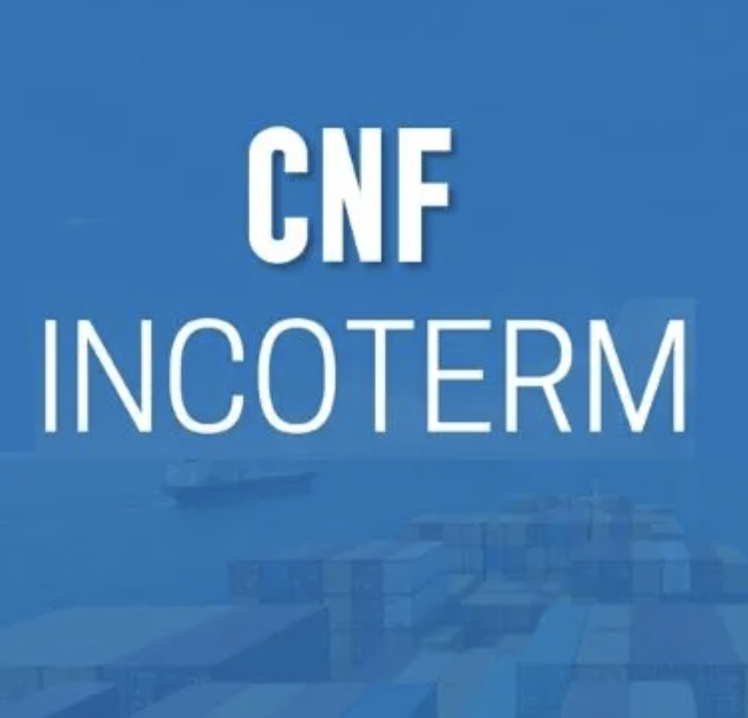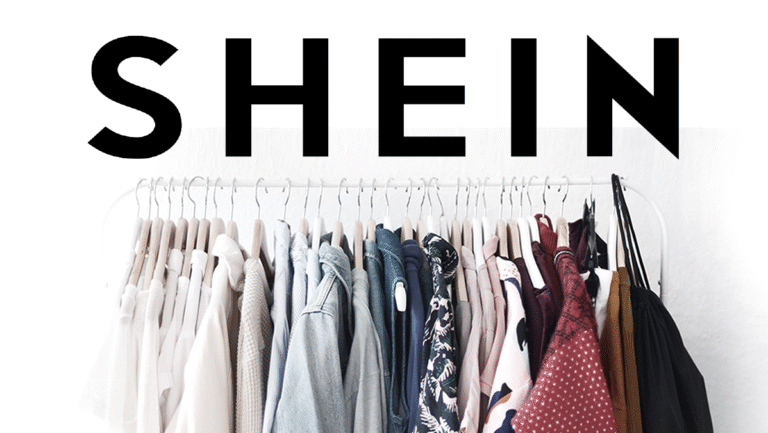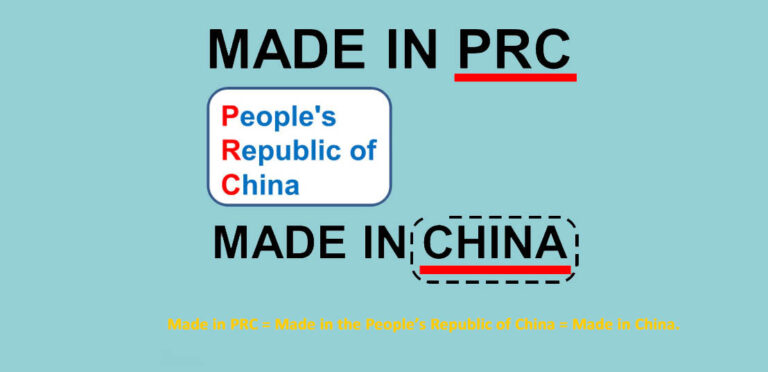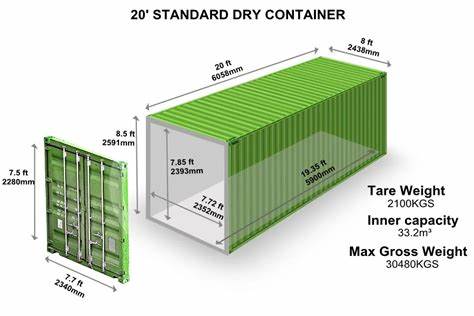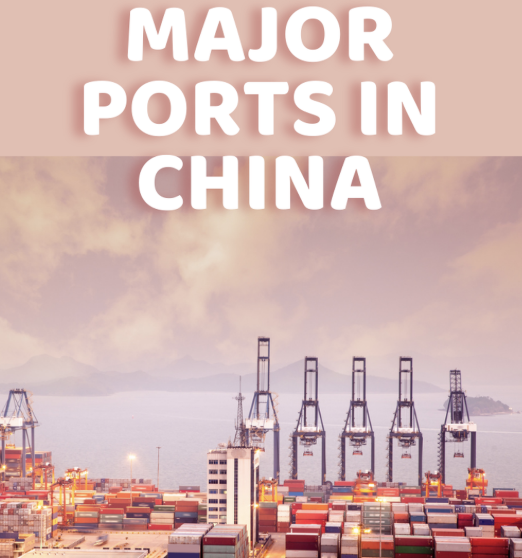CNF Shipping Term: Responsibilities, Costs, and Best Comparisons
In the realm of international trade, understanding shipping terms is crucial for smooth transactions. One such term is CNF (Cost and Freight), which outlines specific responsibilities for buyers and sellers.
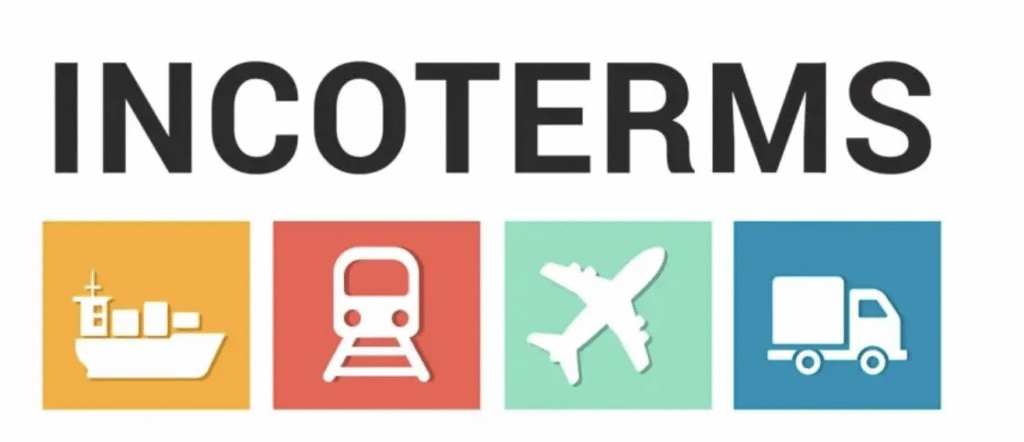
This article delves into the intricacies of the CNF shipping term, providing clarity on its application, benefits, and comparisons with other Incoterms.
Table of Contents
Overview of CNF & Common Concepts
1. CNF Meaning
CNF, or “Cost and Freight,” is a shipping term used in international trade. Under CNF terms, the seller is responsible for the cost of transporting goods to the destination port.
However, the risk transfers to the buyer once the goods are loaded onto the shipping vessel at the origin port.
2. What is CNF? Is CNF, C&F, and CFR the Same?
Yes, CNF, C&F (Cost and Freight), and CFR (Cost and Freight) are interchangeable terms. They all refer to the same shipping agreement where the seller covers the transportation cost to the destination port, and the buyer assumes risk after the goods are loaded onto the vessel.
3. The Usage of CNF Incoterm
Sea Freight Shipments: CNF is primarily used for sea and inland waterway transport. It’s suitable for bulk shipments where the seller has established relationships with shipping lines.
Experienced Importers: Importers familiar with international logistics may prefer CNF to have control over insurance and post-arrival processes.
Price-Sensitive Markets: CNF can be cost-effective for buyers who can negotiate better insurance rates and handle customs clearance efficiently.
4. Relevance of CNF and Incoterms
Incoterms, established by the International Chamber of Commerce, standardize international shipping terms. CNF is one of these terms, providing clarity on the division of responsibilities and costs between buyers and sellers.
5. Is CNF Applicable to All Modes of Transportation?
No, CNF is specifically designed for sea and inland waterway transport. For other modes, such as air or rail, different Incoterms like CIP (Carriage and Insurance Paid To) or CPT (Carriage Paid To) are more appropriate.
6. What are the Benefits of CNF for Sellers and Buyers?
For Sellers:
- Control over the main carriage, ensuring goods reach the destination port.
- No responsibility for insurance during transit.
For Buyers:
- Flexibility to choose insurance providers.
- Potential cost savings by managing post-arrival logistics.
7. What are the Drawbacks of CNF for Sellers and Buyers?
For Sellers:
- Responsibility for transportation costs up to the destination port.
- Limited control over the goods once loaded onto the vessel.
For Buyers:
- Assumes risk once goods are loaded, including potential damage or loss during transit.
- Must handle insurance, customs clearance, and inland transportation.
8. What is the Difference Between CNF and CIF?
The primary difference lies in insurance responsibility. Under CIF (Cost, Insurance, and Freight), the seller covers the insurance cost during transit. In contrast, under CNF, the buyer is responsible for arranging and paying for insurance.
How to Calculate CNF Pricing Accurately?
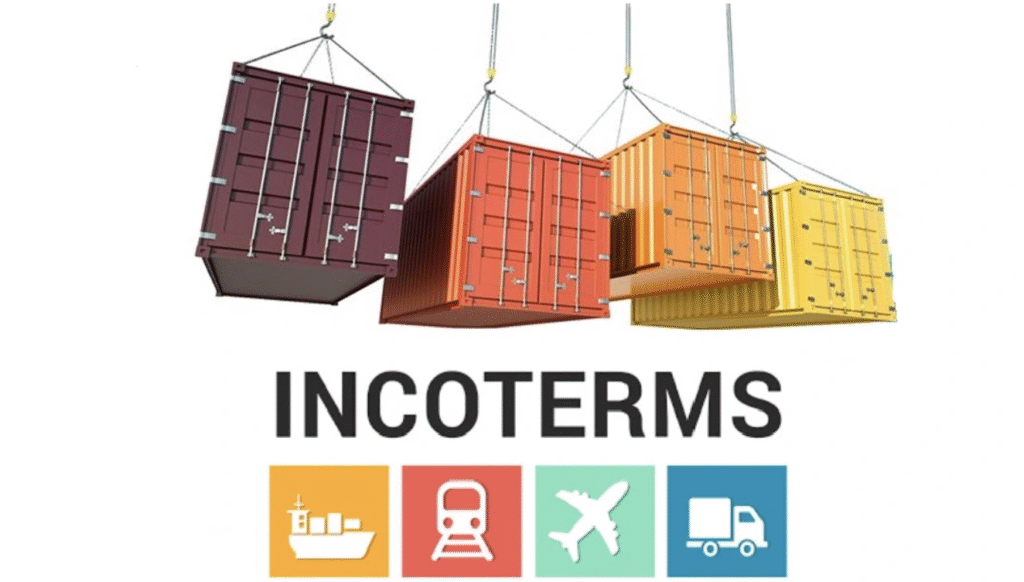
Costs Included in CNF
- Cost of goods.
- Freight charges to the destination port.
- Export duties and taxes.
- Loading charges at the origin port.
Costs Not Included in CNF
- Insurance during transit.
- Unloading charges at the destination port.
- Import duties and taxes.
- Inland transportation from the destination port to the final destination.
Step-by-Step Guide to Calculating CNF Pricing
- Initial CNF Price: Start with the cost of goods and add freight charges to the destination port.
- Add Additional Charges: Include export duties, taxes, and loading charges at the origin port.
- Calculate the Final Total: Sum all the above costs to determine the CNF price.
It’s essential to note that CNF prices can vary based on shipping routes, fuel costs, and other market factors.
Responsibilities of Buyer and Seller in CNF Incoterm
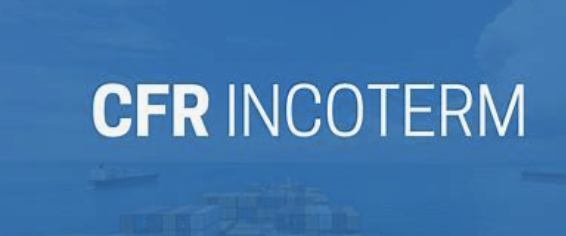
1. Seller’s Responsibilities
- Arrange and pay for transportation to the destination port.
- Handle export customs clearance and documentation.
- Cover loading charges at the origin port.
- Provide the buyer with necessary shipping documents.
2. Buyer’s Responsibilities
- Assume risk once goods are loaded onto the vessel.
- Arrange and pay for insurance during transit.
- Handle import customs clearance and pay related duties and taxes.
- Manage unloading and inland transportation to the final destination.
How Freight Forwarding Agents Can Help with Your Shipments from China
1. Cost Overhead in the CNF Price Can Be Minimized
Freight forwarding agents can negotiate better freight rates due to their volume of shipments, potentially reducing overall costs.
2. Freight Forwarding Agents Provide Cost-Effective Services
They offer consolidated shipping options and optimize routes, leading to cost savings.
3. Freight Forwarder Simplifies the Shipping Process
Agents handle documentation, customs clearance, and coordination with carriers, streamlining the shipping process.
4. Freight Forwarding Agents are Trustworthy and Reliable
Established agents have networks and experience to manage unforeseen issues during transit.
Hire SimooSourcing for Hassle-Free Shipping from China
a) Expert Supplier Management: SimooSourcing verifies suppliers, ensuring product quality and reliability.
b) Comprehensive Sourcing Services: They assist in product sourcing, price negotiation, and quality control.
c) End-to-End Delivery Solutions: From factory to final destination, SimooSourcing manages the entire logistics chain.
d) Cost-Saving Procurement Solutions: Their expertise can lead to significant savings in procurement and shipping.
e) Tailored Product Recommendations and Development: SimooSourcing offers insights into product trends and development.
f) Knowledge of International Terms & Procedures: Their understanding of Incoterms ensures compliance and efficiency.
Difference Between CNF and Other Shipping Terms

1. CNF vs FOB
Under FOB (Free on Board), the seller’s responsibility ends once goods are loaded onto the vessel. The buyer then assumes all costs and risks. In CNF, the seller covers transportation to the destination port, but the buyer assumes risk once goods are loaded.
2. CNF vs EXW
EXW (Ex Works) places maximum responsibility on the buyer, who must handle all transportation, insurance, and customs clearance. CNF offers more seller involvement up to the destination port.
3. CNF vs DDP
DDP (Delivered Duty Paid) means the seller handles all costs and risks up to the buyer’s premises, including duties and taxes. CNF limits the seller’s responsibility to transportation to the destination port.
4. CNF vs CIF
The key difference is insurance. In CIF, the seller arranges and pays for insurance during transit. In CNF, the buyer is responsible for insurance.
Comparison Table: CNF vs. CIF vs. FOB
| Aspect | CNF (Cost and Freight) | CIF (Cost, Insurance, and Freight) | FOB (Free on Board) |
|---|---|---|---|
| Transportation Cost | Seller | Seller | Buyer |
| Insurance | Buyer | Seller | Buyer |
| Risk Transfer Point | When goods are loaded | When goods are loaded | When goods are loaded |
| Customs Clearance | Buyer | Buyer | Buyer |
| Ideal For | Buyers wanting control over insurance | Buyers preferring seller-managed insurance | Buyers managing entire shipping process |
Role of Sourcing Agents in CNF Shipping
Navigating CNF shipping terms can be complex, especially when dealing with international suppliers. Sourcing agents like Simoosourcing in China offer invaluable assistance by:
- Supplier Verification: Ensuring that suppliers are legitimate and reliable.
- Negotiating Terms: Helping negotiate favorable CNF terms with suppliers.
- Logistics Coordination: Managing transportation logistics up to the destination port.
- Quality Control: Conducting inspections to ensure product quality before shipment.
Utilizing a sourcing agent can streamline the importing process, mitigate risks, and ensure compliance with international trade regulations.
Conclusion
Understanding the CNF shipping term is essential for businesses engaged in international trade. By clearly delineating responsibilities between buyers and sellers, CNF terms facilitate smoother transactions and help manage risks effectively.
Whether you’re a seasoned importer or new to global commerce, comprehending CNF can enhance your shipping strategies and contribute to successful international operations.
FAQs About CNF stand for in shipping terms
1. What does CNF stand for in shipping terms?
CNF stands for Cost and Freight, indicating that the seller pays for transporting goods to the destination port, while the buyer assumes risk once goods are loaded onto the vessel.
2. How does CNF differ from CIF?
While both terms require the seller to cover transportation costs, under CIF, the seller also arranges and pays for insurance during transit. In CNF, the buyer is responsible for insurance.
3. Who handles customs clearance under CNF terms?
The buyer is responsible for customs clearance, import duties, and taxes upon the goods’ arrival at the destination port.
4. Is CNF suitable for all modes of transport?
CNF is primarily used for sea and inland waterway transport. For other modes, such as air or rail, different Incoterms are more appropriate.
5. How can a sourcing agent assist with CNF shipping?
A sourcing agent can help verify suppliers, negotiate favorable terms, coordinate logistics, and ensure product quality, simplifying the CNF shipping process for buyers.

